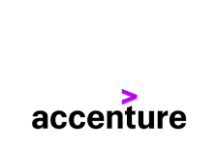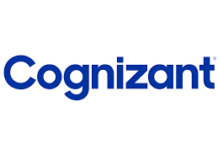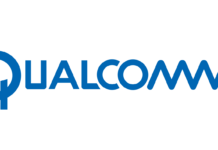Future of Programming Languages: Programming languages have made applications more efficient and easy to use, raising user experience to the next level. Let’s look at the top programming languages defining the future of code and hiring trends.
Programming languages form the foundation of the Information Technology and Data Science industries. Software Developers and Data Scientists use different programming languages to build innovative applications for multiple industries, including healthcare, education, IoT, banking & finance, logistics, etc.
Since software applications make almost every aspect of our lives more convenient. coding skills are among the most valuable and top-paying skills in IT.
While there are tons of programming languages out there, some languages are more popular than others. These languages not only enjoy a vast fanbase but are also backed by active community support.
In this post, we’ll take a look at the top programming languages of the future. So, if you want to know which programming language you should choose for upgrading your professional value, stick with us to the end!
Top Programming Languages of the Future
1. Python
When talking about the best programming languages, Python takes the top rank in all its crowning glory. Python is immensely popular among developers and Data Science experts because of its simplicity and versatility.
With an easy learning curve and English-like syntax, Python is a beginner-friendly language. Furthermore, Python has excellent library support for a wide range of coding requirements. For example, Python libraries like Django and Flask are ideal for web development, whereas TensorFlow, Keras, and SciPy are best for Data Science applications.
You can use Python to develop web & desktop applications, GUI-based desktop applications, ML models, network servers, and so much more. Python’s broad ecosystem of libraries, modules, and frameworks makes application development super easy. It is the backbone of many industry giants like Facebook, Twitter, Pinterest, SurveyMonkey, etc.
2. R
R is a dynamic, array-based, multi-paradigm programming language launched back in 1993. The unique aspect of R is that it doubles up as an environment for statistical computing and graphics. The R environment is an integrated suite of software tools designed for data manipulation, statistical calculation, and graphical display. Read more on career opportunities in R.
R is highly extensible and offers a host of statistical and graphical methods. Being a multi-paradigm language, R supports object-oriented, imperative, functional, and procedural programming paradigms.
Like Python, R comes with an impressive range of libraries like ggplot, tidyr, leaflet, etc. R’s scalable qualities and capacities for statistics and data visualisation are what makes it a favourite of developers and Data Scientists.
3. Java
Java Tutorial for Beginners – Strings in Java :Java is the unrivalled organisation king when it comes to server-side application development. It is a class-based, object-oriented programming language used for building software products, mobile applications, web applications, games, web servers, and application servers. Java has long been the leading choice for Android app development. Today, Java is also quite popular among Big Data Engineers who use it to develop Big Data ecosystems.
4. C#
Developed by Microsoft, C# is a general, flexible, and open-source, object-oriented programming (OOP) language. It is primarily used for backend development, game development. web/desktop applications, and mobile application development for Windows phones. It runs on the .NET framework.





